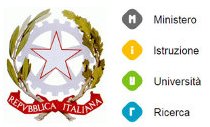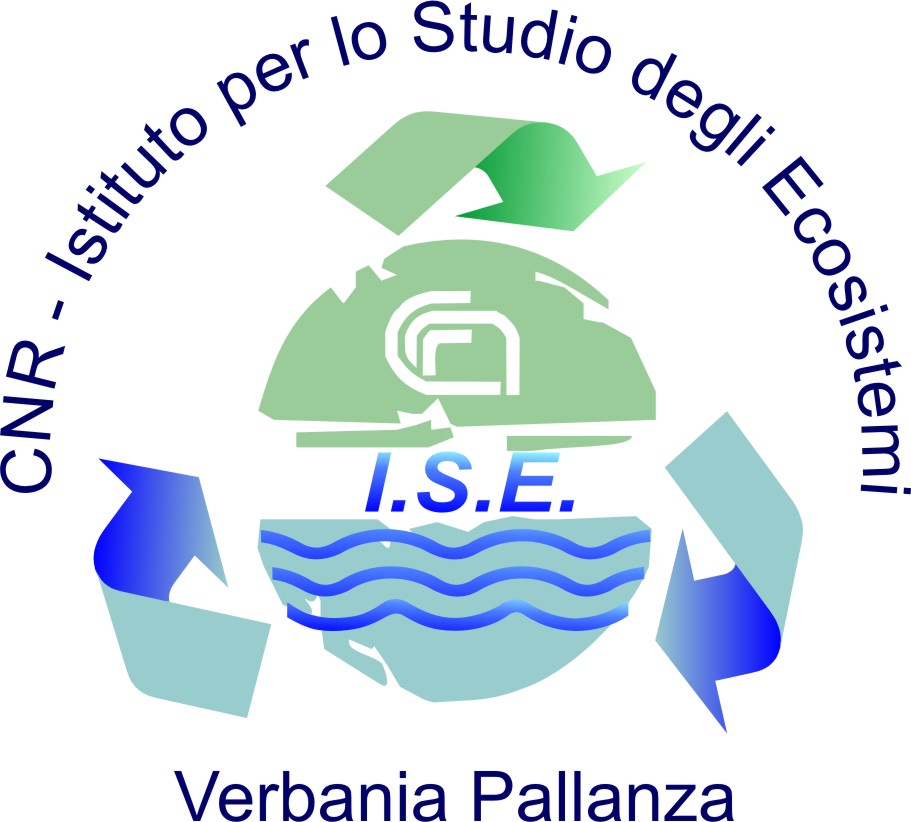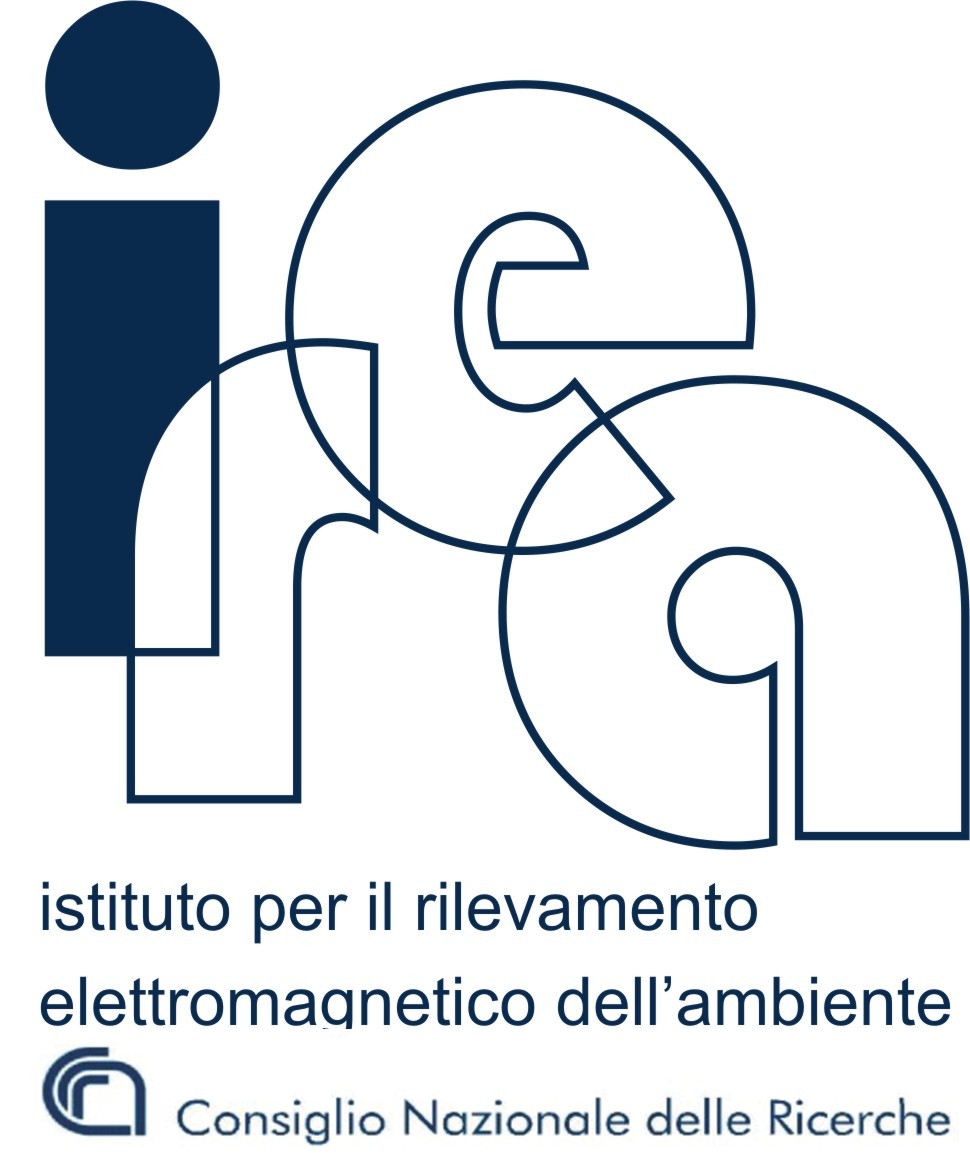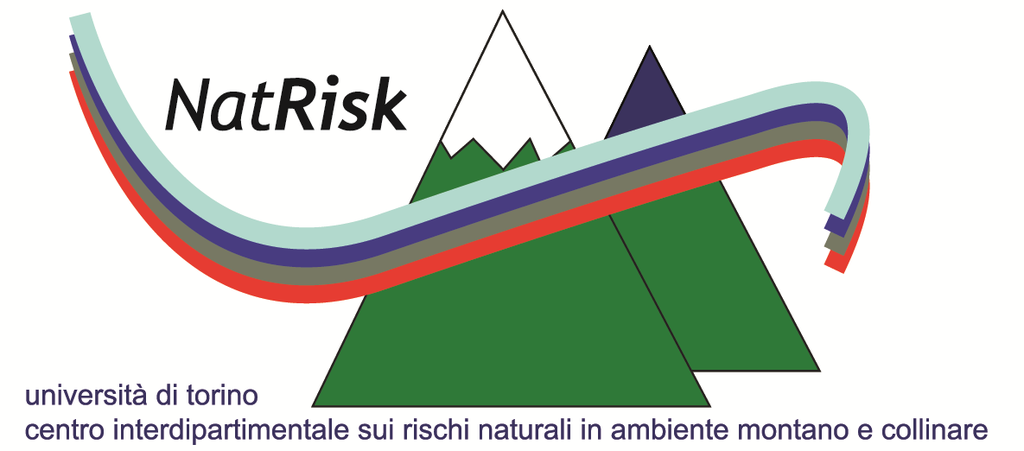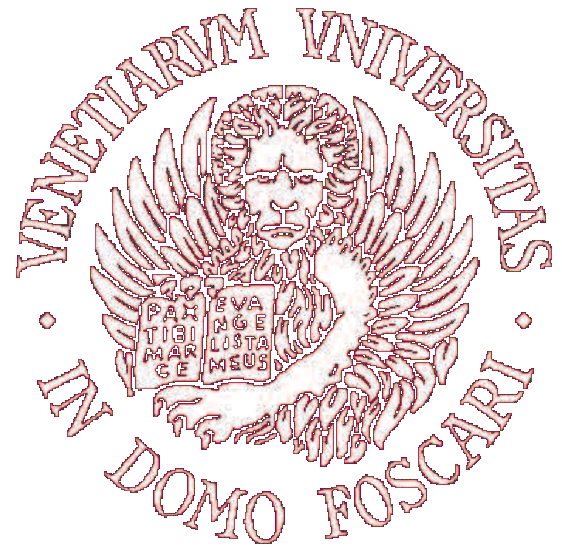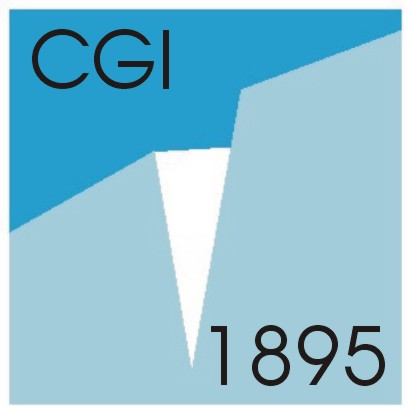You are here
Estimate of the climatic and environmental variability in Italy in the last Millennia
As previously reported in the IPCC report 2007, the last two millennia represent an important time interval for testing the past climate oscillations and for the determination of the reliability of medium and long-term prediction models. In addition, this short time interval allows comparison of data from historical documents, instrumental and paleodata records with multi-decadal-to-centennial variability arising from external forcing and internal climate variability (IPCC, 2013 and 2014). Previous studies have documented, during this time interval, the occurrence of considerable climate oscillations of significant amplitude and duration that played an important role in social reorganizations in Europe. Anyway, our understanding of the magnitude and spatial extent as well as the possible causes and concurrences of climate changes during this period are still limited and the scarcity of integrated information from marine records emerges. In this framework, the Mediterranean area is considered one of the climatically highly sensitive regions (hotspot) to global change and due to its paleo-latitudinal and land locked configuration, is an ideal archive to investigate paleoclimate changes at secular scale. The goal of these this Challenge (Italy-2k) is to provide information on the climatology and climate variability in Italy in the last two thousand years, by a blend of paleoclimatic data information (ice and sediment cores, pollens, peat bog data, dendroclimatology) and numerical simulations. Station data, numerical simulations and marine reconstructions/reanalyses will allow for a more detailed representation of climate variability in the last 100 years.
Further information at the link below.

